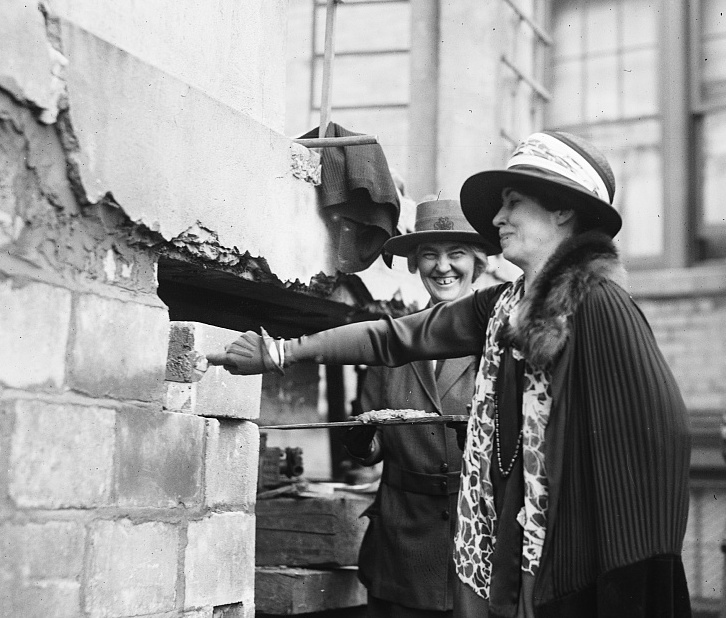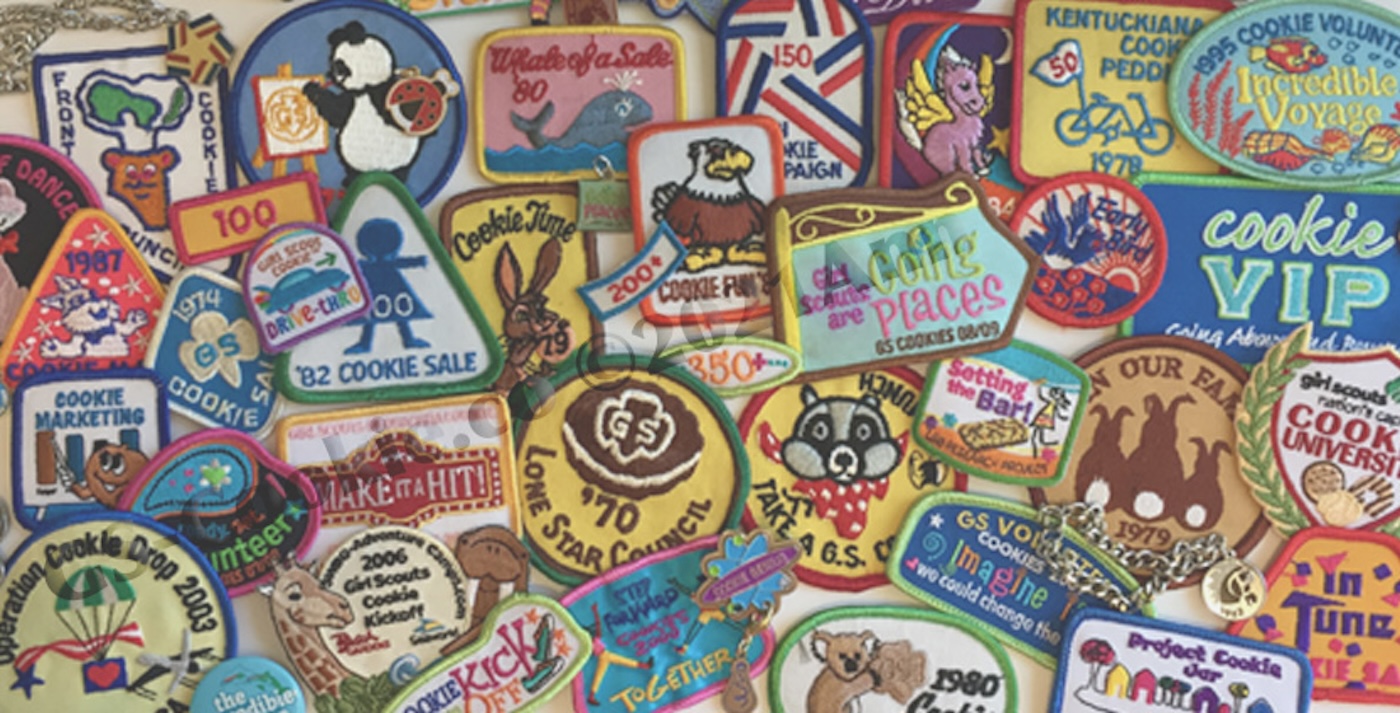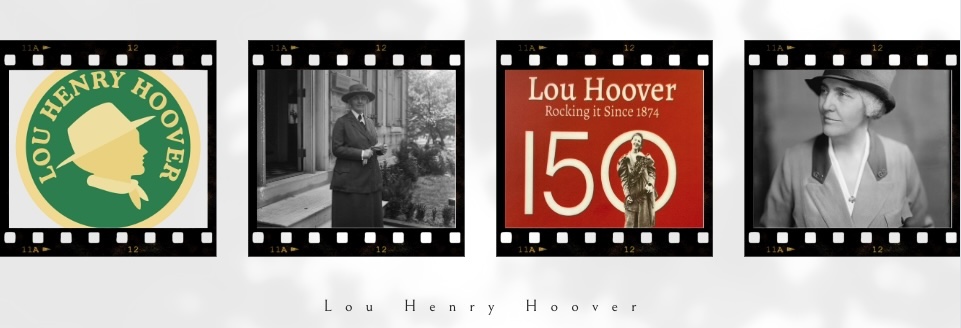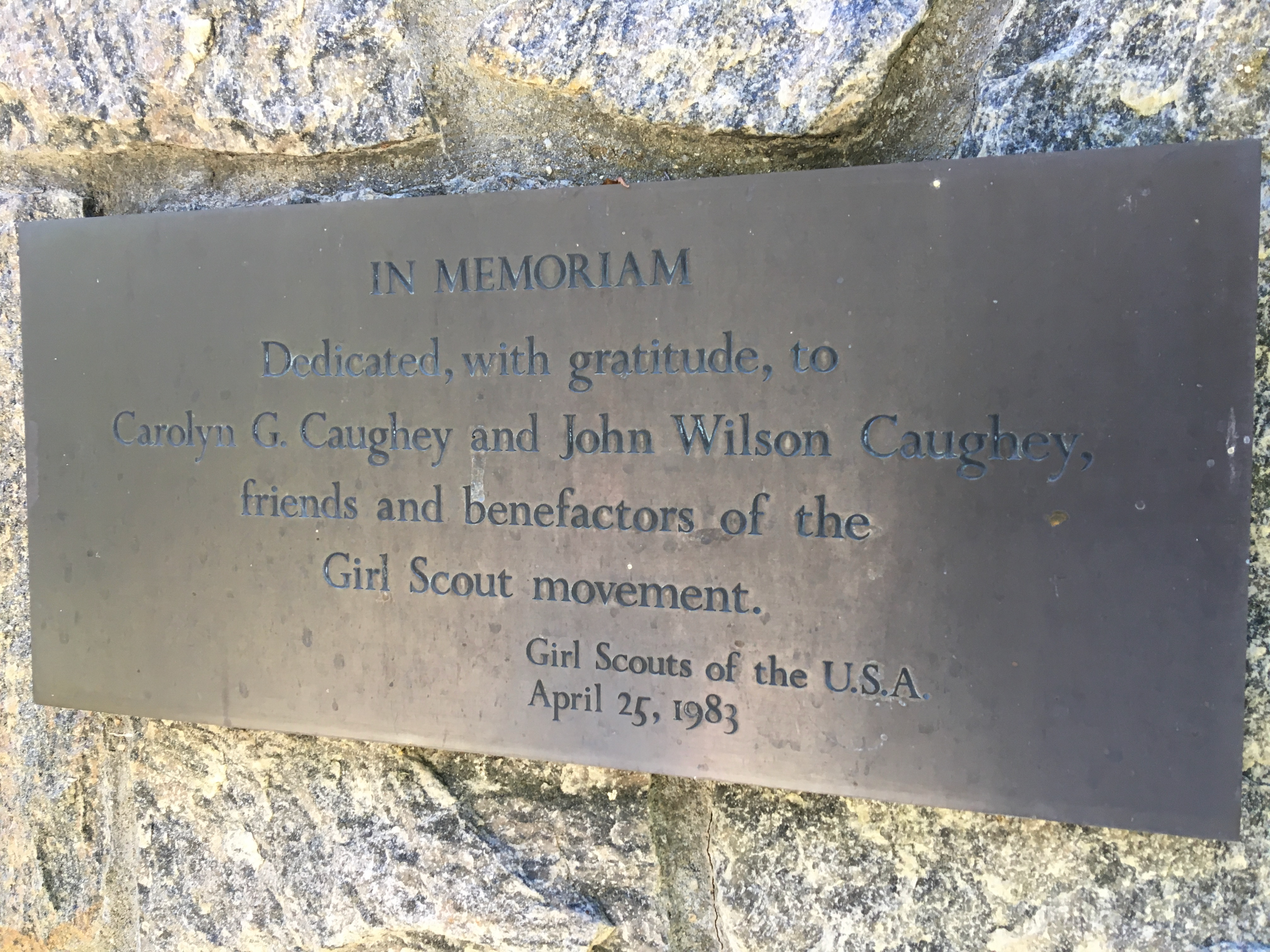Latest
-

Emergency Preparation in Use: The 1964 Alaska Earthquake
When an earthquake struck Alaska in March 1964, Girl Scouts used skills learned at camp and troop meetings.
-

Little House in the Nation’s Capital
The first Girl Scout Little House was dedicated 100 years ago, on March 25, 1924.
VIRTUAL MUSEUMS








